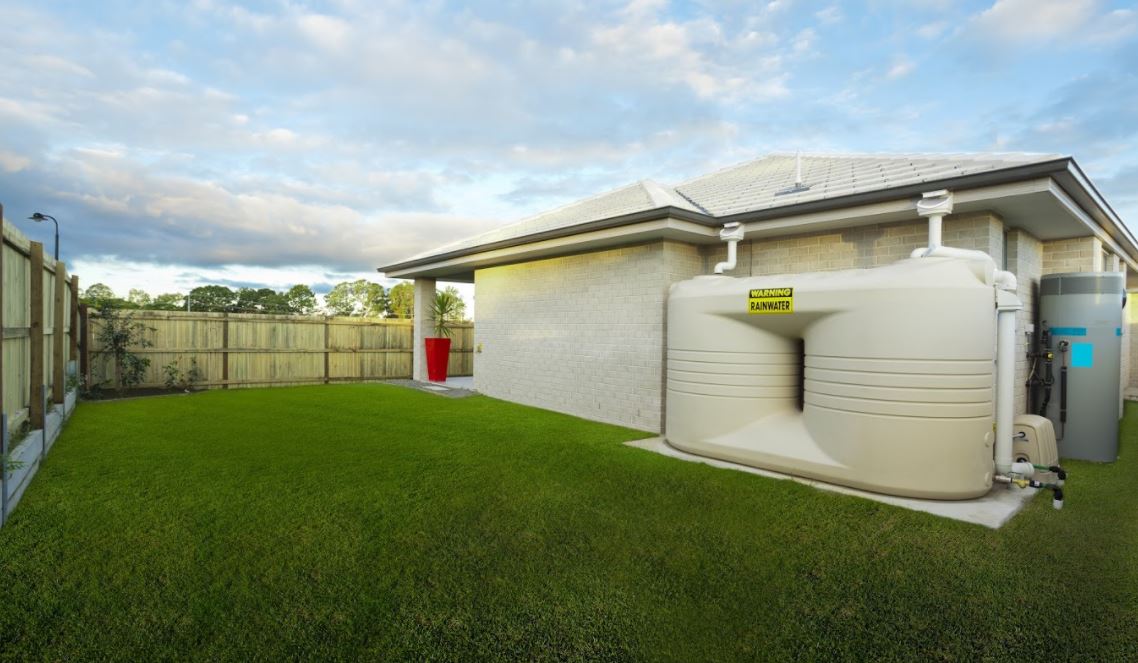Having a water tank installed at home or your business place is essential in providing water for your family or your employees to use. Water tanks can store huge volumes of water and could help supply water in times of crisis or shortage. It would be beneficial to have one, especially if you live in a dry or desert area, as it will be great for emergencies.
But if you’re wondering what size you need to acquire, here are a few tips to help determine the right one for you:
- Identify Your Tank Space
It has been widely known that if you have enough space and you can afford it, you should go for the biggest water tank as much as possible. However, not everyone is lucky enough to have the space needed for this purpose. But with all of the benefits a water tank offers, you might as well try to have one, no matter the size.
If you can’t accommodate a huge tank, consider getting a versatile tank like this slimline model. This type is usually taller in height and longer in length, but it’s slimmer in width, making it the perfect model for your home if you have limited space.
2. Identify How Much Water You Need
There are many online water usage calculators that you can use to estimate how much water you utilize daily.
On average, here is the typical water consumption per activity:
- Toilet flush (half):three liters per use
- Toilet flush (full):six liters per use
- Hand basin use:five liters per frequency
- Brushing teeth with the tap open:five liters per minute
- Drinking, cleaning, cooking: 10 liters per day per person
- Dishwasher: 30 liters per load
- Shower: 10 liters per minute
- Bathtub: 150 liters per use
- Washing machine (front load): 80 liters per load
- Washing machine (top load): 100 liters per load
- Garden sprinkler: 15 liters per minute (hose)
- Car wash: 200 liters per use
- Drip system:six liters per hour
- Swimming pool top-up: 12.7 liters per m²
The average person uses 142 litres of water per day. Based on this information alone, you can assess how much water your family consumes per day. If you’re a family of three, your calculated water usage would be 426 litres per day.

While water consumption for each person varies, it’s recommended to purchase a water tank that could hold enough water that could last for four weeks. If your family consumes 3,000 liters a week, you should get a 12,000-liter tank. However, an average suburban household consumes around 20,000 liters per month.
With this information, you can determine the size of the water tank you need, whether for your house, business, or simply filling up the pool. How you use your water determines the size of the tank you may need. Keep in mind that a larger tank is advisable for business owners who have urinals and faucets in their establishments.
3. Know Your Budget
Of course, everyone would want only the best water tanks installed, especially at home. But yourbudget also has to be taken into account since the best ones surely won’t come cheap. Prices vary according to their sizes, of course, and the materials they’re made of also impact their pricing. Some are made of aluminum or stainless steel and are touted as the most expensive ones, while others are made of durable plastic and are more affordable for the average homeowner.
4. Consider Your Water Sources
One major factor that would affect your decision for tank size is the kind of water source you have. If you’re the type who catches rainwater and you live in an area that allows this activity, you shouldalso consider your rainwater collection and filtration system with the kind of tank you’ll get. If you’re in a rainy area, there would be more to store, for sure.
Your overall water collection system should work together well. Having a sizable tank could also lessen the chances of flooding in your area, especially if your water source is a natural water table. Sometimes, when the water table can no longer hold all the water bearing down on it, there are tanks designed to capture the excess water for storage and use later on.
Conclusion
Having sufficient, safe, and clean access to a water supply is one of the essentials needed in a home. Whether you’re planning to have your water tank installed in your home or at your business place, it’s crucial to choose one that suits the budget and space you have.
Water tanks could help supply you with water in times of drought or crisis when there’s little to no access to usable or potable water. In line with this, you can also use these tanks to store rainwater to be used for later and help save on your water bills.

